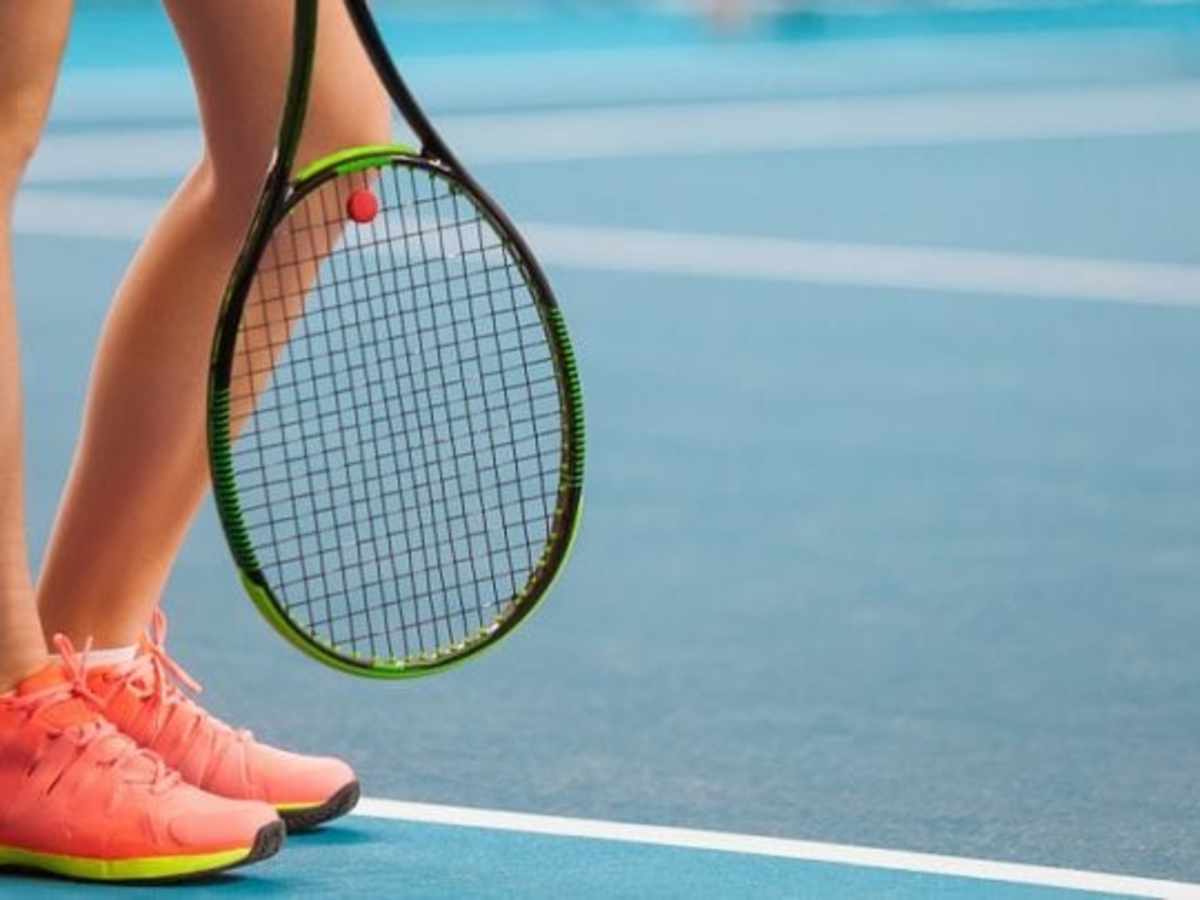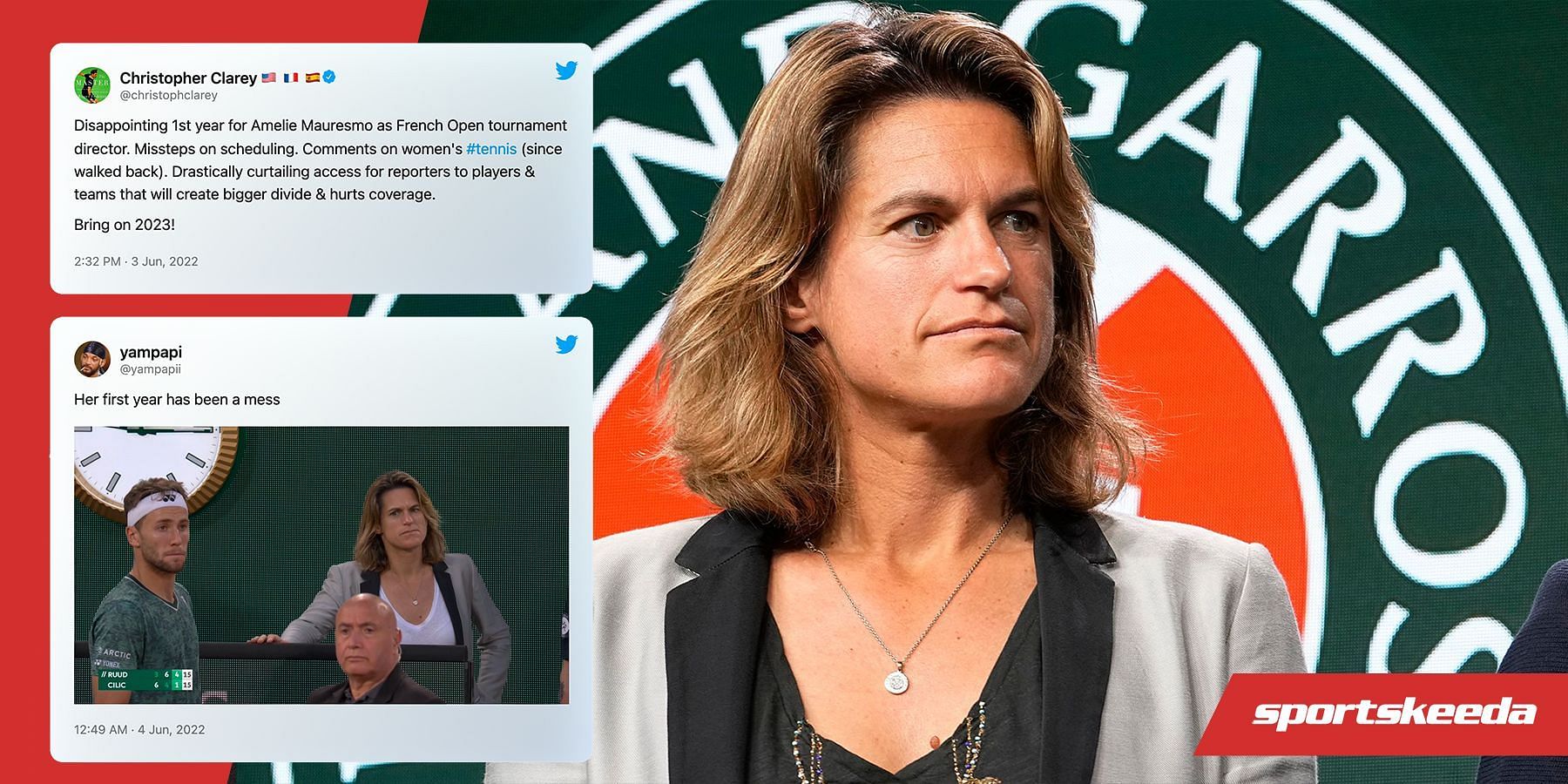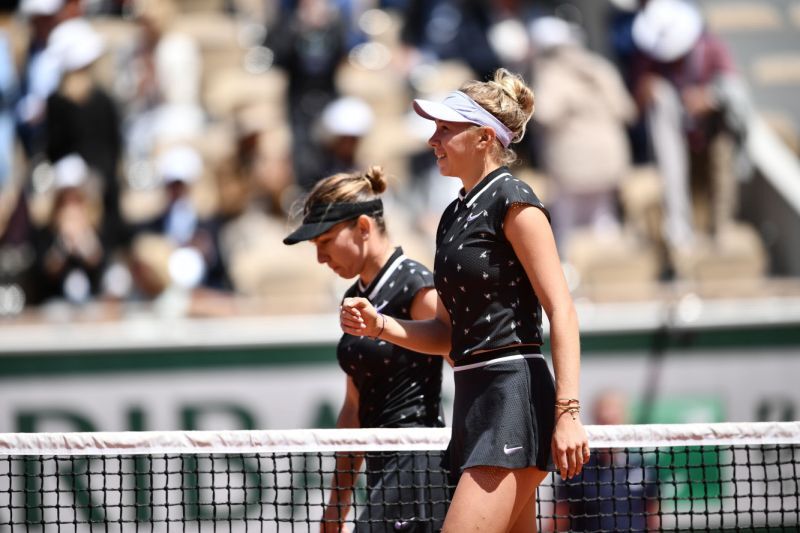As ace tennis player Rafael Nadal clinched his record-breaking 14th French Open title at the Rolland Garros in Paris, the world could not keep calm. Social media was flooded with congratulatory posts and messages for the ‘Greatest of All Time’. The final was watched by millions of people around the globe, who rejoiced at Rafa’s win, and understandably so. But what got overshadowed amidst all this fervor, much like every other sport, is the sexism at display in these tournaments.
The much-awaited and much-watched tournament has once again raised questions about the pre-existing gender bias and notions that operate in sports, despite claims of situations being contrary. Questions are being raised on the subtle sexism that operates in the scheduling of the women’s games in tournaments like the Grand Slams.
The gender bias came to light when the decision was made to move the women’s semi-finals away from the tournament’s main court. The semi-final matches: Ashleigh Barty v. Amanda Anisimova and Johanna Konta vs Marketa Vondrousova, were shifted to smaller courts, while the men’s semis, namely Roger Federer vs Rafael Nadal, and Novak Djokovic vs Dominic Thiem, were played on the main, 14,000-seater Court Philippe Chatrier, as planned.

“We are extremely disappointed by the scheduling of both women’s semifinals on outside courts,” said Women’s Tennis Association CEO Steve Simon. The reason given for the same by the Grand Slam body was earlier matches being washed out and a messed up schedule. The allegations of partiality and bias got even louder when questions were raised on match scheduling about the women’s and men’s games at the French Open.
According to reports, out of the 10 matches scheduled at night, only one was a women’s tennis match. The important thing to note here is that, in Tennis and especially Grand Slams, the night match slots are the prime slots, that are the most-watched and get the most viewership.
While people might say that French Open Boss Amelie Mauresmo’s comments point toward a business decision made in favour of the tournament earning profits, the basis of this argument of what gets to be counted as ‘for-profit and business‘ is also deeply ingrained in years of patriarchal socio-cultural beliefs. which mandates that women have no business playing sports. Men’s sports occupy the top rug when it comes to participation, investment, sponsorship, accessibility, and promotions
Questions were raised about the all-pervasive, subtle forms of sexism and gender bias that encompass the sports ecosystem. Matters only got worse when French Open chief Amelie Mauresmo said that, the reason for slotting the men’s matches in the prime slots was because men’s tennis has more “appeal”, and it was difficult to find high-profile players among women, to draw enough traction.
This is not the first time that women’s sports or sporting events have been subjected to such secondary treatment. Organised sports and sporting events, and the entire sports ecosystem for that matter, are anchored on the projection of hypermasculine ideas. Hence, the idea that women in sports cannot exist solely on their talent, continues to sideline women athletes and players over the years.
Before we try to understand why this happened, and what TV slots have to do with sexist behaviour, we need to look at some facts and instances. The nighttime spots for any sporting event have the most viewership, and that is where both the tournaments and broadcaster earn the most amount of money. More viewership means more money for the broadcasters, which in turn, means more money in the pockets of the tournament organisers.
Also read: Male Gaze & The Policing Of Sportswomen’s Bodily Autonomy

While people might say that French Open Boss Amelie Mauresmo’s comments point toward a business decision made in favour of the tournament earning profits, the basis of this argument of what gets to be counted as ‘for-profit and business‘ is also deeply ingrained in years of patriarchal socio-cultural beliefs. which mandates that women have no business playing sports. Men’s sports occupy the top rug when it comes to participation, investment, sponsorship, accessibility, and promotions.
Therefore, questioning the viewership of women’s sporting events is a null and void point, as all odds are pitted against women and women’s sports. As per a report released by international research firm YouGov in 2021, women’s sports are currently less popular than men’s sports globally. The report found that the global public is almost twice as likely to watch men’s sporting events as opposed to women’s.
Furthermore, any conversation about lack of interest or lack of revenue in women’s sports has to be mindful of the depth and impact of fan culture on sports. Fandoms of sports and sporting stars have a huge role to play in the growth, coverage and money the industry makes. Sports have always been considered as something that is “appropriate” for men but not women. Hence, the growth of a fanbase for men’s sports is much more organic as compared to women’s sports. Gender norms, socio-cultural beliefs, and a general disregard have cost women and women’s sports its due importance
According to the report, for most people around the world, the reasons they do not currently engage in women’s sports are related to their lower overall profile. Specifically, the lack of media coverage. rather than the game or sport itself. 30 percent of the respondents of the research said that one of the key reasons for them not engaging with women’s sports is the lack of marketing for women’s sports, while 27 percent of respondents claimed it was difficult to find women’s games to watch. Almost 59 percent of fans in India said they would watch more women’s sports on television if it was available.
Many people have argued that the low coverage of women’s sports stems from the lack of interest in watching it. But interest can only be developed with wider marketing and coverage, which is heavily falling short. If you scroll through an average channel list, the media coverage for men’s sports is around 90–95 percent of what is on at any given time.

Furthermore, any conversation about lack of interest or lack of revenue in women’s sports has to be mindful of the depth and impact of fan culture on sports. Fandoms of sports and sporting stars have a huge role to play in the growth, coverage and money the industry makes. Sports have always been considered as something that is “appropriate” for men but not women.
Hence, the growth of a fanbase for men’s sports is much more organic as compared to women’s sports. Gender norms, socio-cultural beliefs, and a general disregard have cost women and women’s sports its due importance.
The tendency to promote men’s sports is a systemic issue. Work needs to be done at the policy level that ensures equity for men’s and women’s sports. Fewer people are willing to invest in women’s sports, and one of the biggest examples of that in India is the IPL(Indian Premier League). A billion-dollar league like the IPL has been around and flourishing since 2008, but it is only now that discussions of a ‘Women’s’ IPL have begun, though they are still in the gestating phase, with an approximate flag-off timeline of 2023.
The inclination needs to move away from looking at just the medal tallies and trophies, to investing and generating interest from stakeholders at the grassroots level in women’s sports. While events, award shows, and one-off campaigns celebrating sportswomen are great initiatives to create more awareness around women in sports, a lot of work remains to be done to create an equitable playing ground for all.
Also read: No Sports/Sponsorships: Dual Pandemic That Hit Sportswomen Globally
Featured Image Source: Orissa Post
About the author(s)
Shriya is a former student of literature and a multimedia journalist with an interest in sports and human rights. She can be found watching Shah Rukh Khan movies or listening to Ali Sethi and 90s Bollywood songs. She enjoys a good cup of black coffee multiple times a day and is often compared to 'Casper, the friendly ghost'.





Maybe there is a difference in ability of men and women. Karsten Braasch who was ranked 203rd in the world, first beat Serena Williams 6-1, then defeated Venus Williams 6-2. Australia’s national women’s soccer team lost 7-0 to an under fifteen boys’ side. (Pay equality. Time to pay the under fifteens the same as Australia’s women’s soccer team). If we look at world records at the Olympics, and compare men’s world records with women’s world records, we find that men’s world records are much better.
https://www.google.com/amp/s/www.dailymail.co.uk/sport/football/article-3609949/amp/Matildas-lose-7-0-Newcastle-Jets-15s-Rio-Olympics-warm-up.html